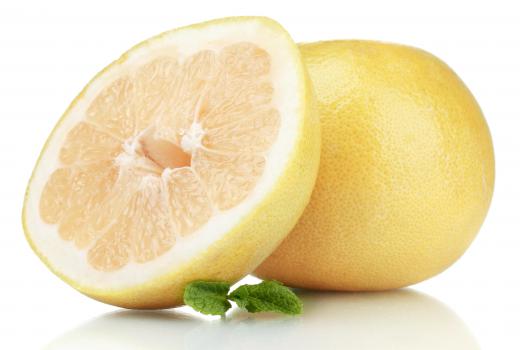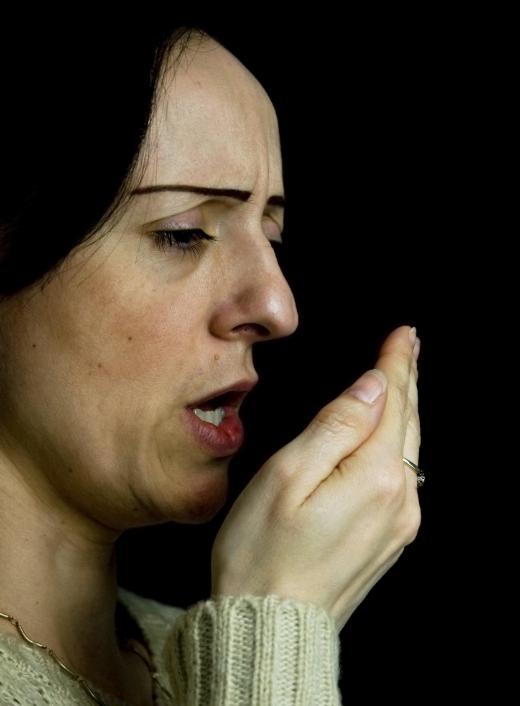What are Thiols?
 Karyn Maier
Karyn Maier
Thiols are a class of organic compounds that contain a sulfhydryl group (SH), also known as a thiol group, that is composed of a sulfur atom and a hydrogen atom attached to a carbon atom. This molecular structure is what distinguishes thiols from other organic chemical compounds with an oxygen-to-carbon bond configuration, such as phenols and alcohols. It’s also what gives many high volatility thiols a persistent and highly unpleasant odor that is reminiscent of rotten eggs.
There are many examples of the odorous properties of thiol groups that occur in nature. In fact, thiols are responsible for the telltale odor that lingers after a skunk sprays in self-defense. The animal’s secretion, which is a yellowish oil generated from special glands under its tail, contains (E)-2-butene-1-thiol and 3-methyl-1-butanethiol, as well as thiol acetate derivatives. The formula is so pungent that it only takes a concentration of one in 10 parts per billion to cause the human nose to wrinkle in disgust. However, while the impact may be insignificant in comparison, it’s interesting to note that the very same compounds are responsible for the bouquet associated with flatulence and bad breath in humans.

Thiols also lend many botanicals their aromatic properties, not all of them offensive. Grapefruit, for example, contains thioterpineol, which gives the fruit its distinctive yet not unpleasant fragrance. Thiols are also involved in producing the heady aroma familiar to those who home brew beer or wine. These organic compounds are also components of alliums, such as onions and garlic. The fact that thiols readily bond to proteins found in human skin explains why the smell from handling these foods often faintly remains, even after washing.

The scent properties of these chemical groups have been put to practical use in many industries. For example, thiols are added to natural gas used for residential heating and cooking as a safety feature since escaping fumes would otherwise go undetected in the event of a leak. They are also added to jet fuel, used in the production of pulp and petroleum products, and can be found in certain medicines and pesticides.

Thiol compounds are comomonly referred to as mercaptans, although the International Union of Pure and Applied Chemistry (IUPAC) deems the term outmoded in modern nomenclature. However, its use persists. In fact, as an additive employed in the examples illustrated above, the major ingredient is commonly known as t-butyl mercaptan. Presumably, thiols earned this synonym from the Latin mercurium captans, which translates to “laying hold of mercury.” This is in reference to the fact that the SH group in these compounds readily reacts with mercury. In fact, mercury salts, still known as mercaptides, are sometimes used to detect the presence of thiol compounds.
AS FEATURED ON:
AS FEATURED ON:















Discussion Comments
Does methionine contain thiol?
Post your comments